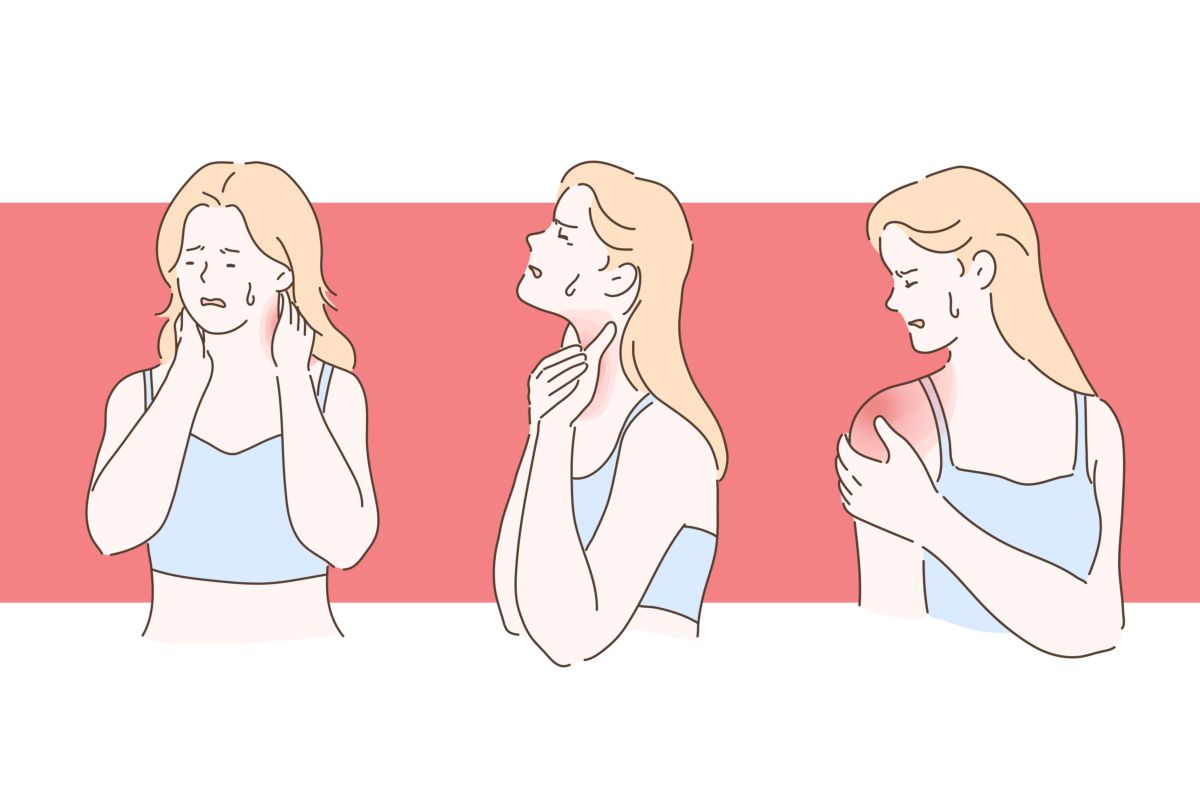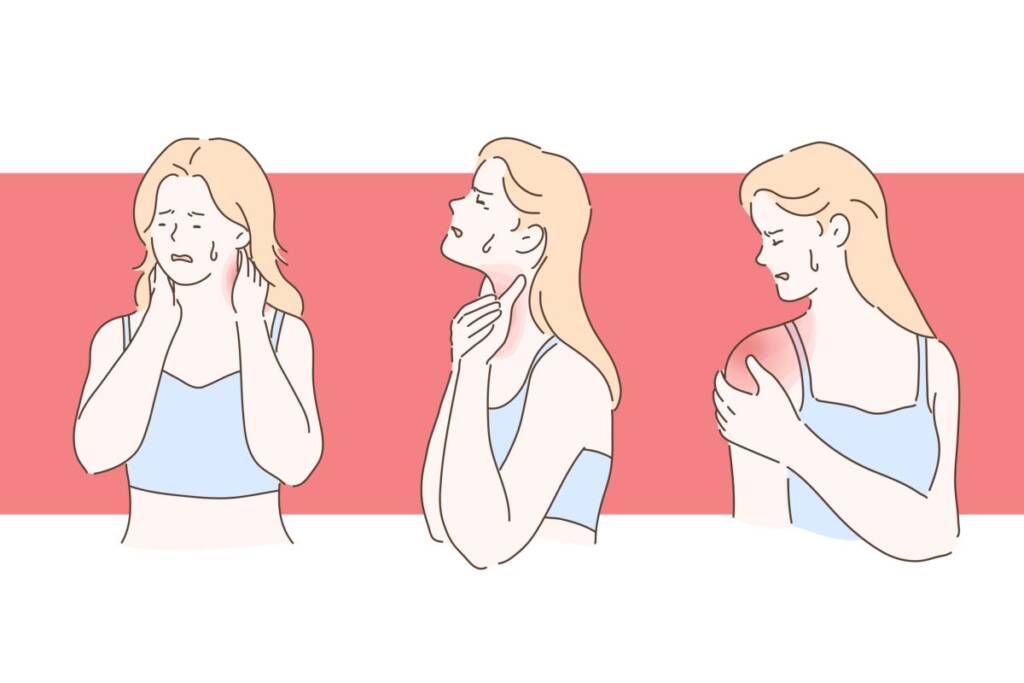Health
Arthralgia: what it is, how to recognize it and what are the treatments

Arthralgia is the medical term for joint pain. Let's find out better what it is and what the symptoms are.
When we talk about arthralgia we mean a series of painful symptoms affecting the joints.
The word itself is a combination of the Greek words arthro (for common) and algos (pain). Generally when you have joint pain , the main causes are arthritis or osteoarthritis. In some situations, however, even in the absence of these diseases, we find ourselves faced with similar pains that have other causes and which, therefore, take the name of "arthralgias".
These pains should therefore always be investigated in order to understand the possible causes and develop the right treatments.
What are the symptoms of arthralgia
We find ourselves in the presence of arthralgia when joint pain occurs in the absence of inflammation in the joints.

Typically, the most common symptoms are:
– Pain of variable entity
– Burning
– Tingling
– Poor mobility
– Redness of the painful area
– Numbness
– Itching
– Stiffness
If fever is added to these symptoms, the symptoms may indicate an infection or systemic disease. In this case, therefore, it is advisable to seek the opinion of the doctor.
Causes and types of arthralgia
Going instead to the most common causes, we find joint injuries, gout , trauma, injuries and autoimmune diseases such as rheumatoid arthritis.
Even in the absence of fever, therefore, if the pain persists and, above all, if it occurs at different times of the day and not only after physical effort , it is important to investigate their cause in order to find the right solution.
The doctor will then decide which tests to prescribe in order to obtain a correct diagnosis.
Going instead to the existing types of arthralgia, in most cases it is osteoarthritis, a degenerative joint disease. In other cases, arthralgia is caused by autoimmune conditions such as lupus, scleroderma , Sjogren's disease and connective tissue disease.
What are the treatments for arthralgia
For mild, temporary pain, arthralgia can be relieved with the help of over-the-counter pain relievers.
To these you can add ice applications to keep on the sore part for at least 15 minutes. Even a warm shower or bath can offer relief by relaxing muscles, increasing circulation and leading to an improvement in symptoms.
What matters is to avoid trauma or hasty movements, not to lift weights and avoid efforts that could make the pain worse. This way, if the pain goes away on its own, you can relax. At the same time, however, it is necessary to monitor the situation in order to understand how best to move.
If the pain persists over time or is associated with swelling, heat, redness or increasingly high pain intensity, for example, it is, once again, necessary to consult your doctor in order to obtain more precise treatment and which will often aim to cure the underlying causes, while helping to soothe painful symptoms.
Riproduzione riservata © - WT











